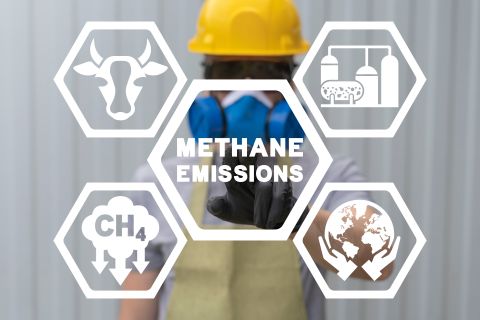In its latest Latin American research, Wood Mackenzie discusses Petroecuador’s decision to put the Ishpingo-Tambococha-Tiputini (ITT) field development out to tender. Wood Mackenzie examines the drivers behind this move to offer participation in the fields, which are estimated to contain close to 1 billion barrels of recoverable reserves.
Wood Mackenzie‘s analysis of some of the possible fiscal models for the project reveals that the size of the prize is significant; however, the terms granted to any ITT investors will have to be sufficiently attractive so as to balance some of the huge challenges associated with the project. As Michael Rae, research analyst –
He added, “
Graham Kellas, vice president of Petroleum Economics for Wood Mackenzie, said, "Ecuador is one of a small number of countries which has in recent years increased the tax take from producing assets by introducing a windfall profits tax. The impact this has on investors' perceptions of doing business within unstable fiscal environments is discussed in Wood Mackenzie's forthcoming Government Take study."
The three fields, which lie in the east of the country close to the Peruvian border, have long been the white elephant of the Ecuadorian oil industry. Although Tiputini was discovered as far back as 1970, the fields have so far gone undeveloped, but Petroecuador now appears to be making a concerted effort to get the project off the ground.
Wood Mackenzie says the fields are estimated to contain 5.5 billion barrels of oil in place reserves, of which 920 million barrels are thought to be initially recoverable. Although the area is no stranger to oil and gas development, access to the fields by road is not guaranteed, leaving potential operators to either air-freight equipment to the site or to ship it by barge via the nearby
Rae concluded, “Interest in the tender has reportedly been very high, particularly amongst national oil companies. However, any potential player will certainly be looking for a fiscal regime which takes into account the inherent difficulties associated with the project.”
Recommended Reading
MethaneSAT: EDF’s Eye in the Sky Targets E&P Emissions
2024-03-07 - The Environmental Defense Fund and Harvard University recently launched MethaneSAT, a satellite tracking methane emissions. The project’s primary target: oil and gas operators.
Exclusive: Scepter CEO: Methane Emissions Detection Saves on Cost
2024-04-08 - Methane emissions detection saves on cost and "can pay for itself," Scepter CEO Phillip Father says in this Hart Energy exclusive interview.
CAPP Forecasts $40.6B in Canadian Upstream Capex in 2024
2024-02-27 - The number is slightly over the estimated 2023 capex spend; CAPP cites uncertain emissions policy as a factor in investment decisions.
Qnergy Tackles Methane Venting Emissions
2024-03-13 - Pneumatic controllers, powered by natural gas, account for a large part of the oil and gas industry’s methane emissions. Compressed air can change that, experts say.
Air Liquide to Add CO2 Recycling at Plant in Germany
2024-02-08 - In a supply agreement, Air Liquide and Dow plan to add a new CO2 recycling solution to two air separation units and one partial oxidation plant.





